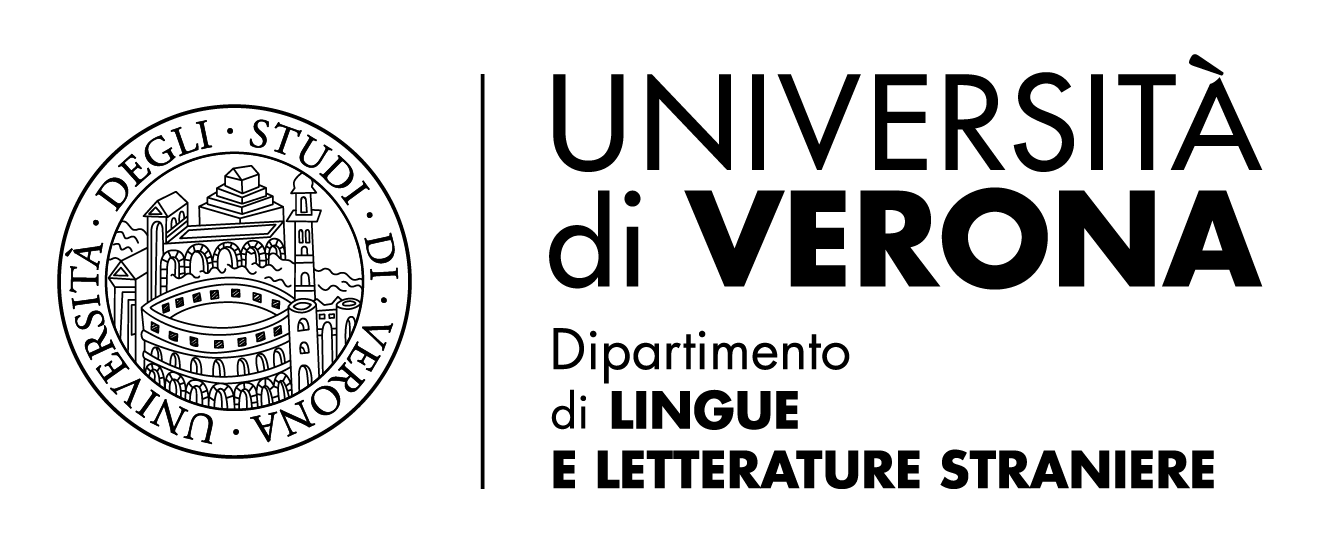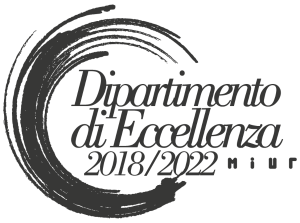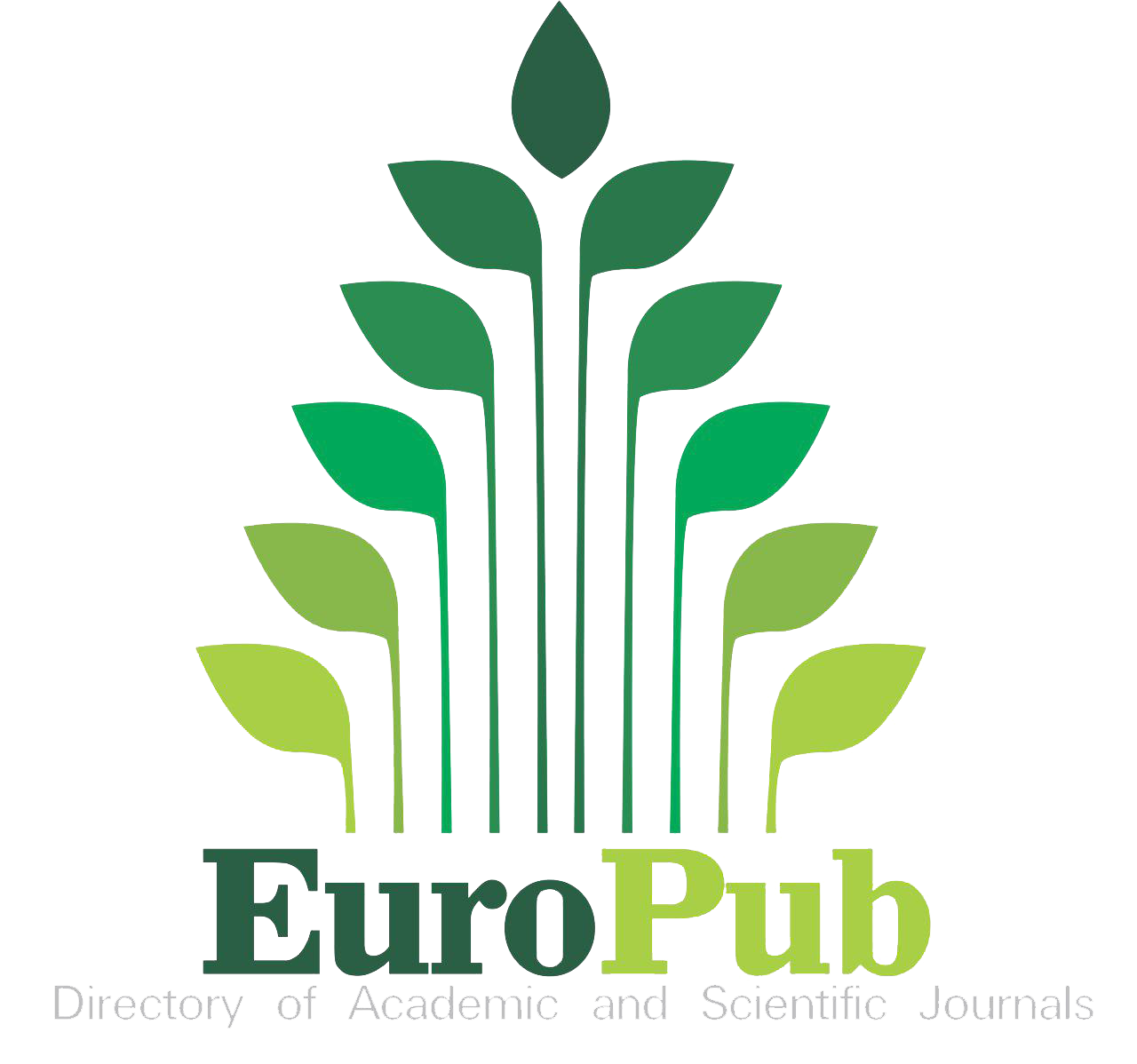Airlines’ Emission Disclosures
The Fine Line Between Opportunity and Environmental Inaction
DOI:
https://doi.org/10.13136/2281-4582/2025.i25.1544Keywords:
Emission disclosures, Transparency, Trust, Environmental degradation, Aviation industryAbstract
The aviation industry is notorious for its environmental impact. In response to growing climate change awareness, companies began reporting carbon emissions in the early 2000s to gain public approval. However, the information provided is often filtered to enhance public image, leading to concerns about transparency and greenwashing.
This study examines Ryanair’s 2021 Sustainability Report to assess the transparency of its environmental policies and the sincerity of its language. Using Critical Discourse Analysis (CDA) and Hallidayan linguistics, the analysis focuses on how the language reflects the company’s attitudes and intentions.
The term ‘transparency’ involves many contradictions, such as openness versus secrecy. While transparency is a valued ideal, preliminary results suggest that Ryanair’s report may construct a reality that serves the airline’s interests rather than reflecting genuine transparency.
References
Alsayegh, Maha Faisal, Rashidah Abdul Rahman and Saeid Homayoun. “Corporate Economic, Environmental, and Social Sustainability Performance Transformation through ESG Disclosure.” Sustainability 12.9 (2020): 3910.
Angulo, Andres, Heather Nachtmann and Matthew A. Waller. “Supply Chain Information Sharing in a Vendor Managed Inventory Partnership.” Journal of Business Logistics 25.1 (2004): 101-120.
Bakhtin, Michail M. The Dialogic Imagination: Four Essays by M. M. Bakhtin. Edited and translated by Michael Holquist and Caryl Emerson. Austin: University of Texas Press, 1981.
Ball, Carolyn. “What is Transparency?” Public Integrity 11.4 (2009): 293-308.
Bansal, Pratima and Geoffrey Kistruck. “Seeing is (not) Believing: Managing the Impressions of the Firm’s Commitment to the Natural Environment.” Journal of Business Ethics 67 (2006): 165-180.
Bansal, Pratima and Kendall Roth. “Why Companies Go Green: A Model of Ecological Responsiveness.” Academy of Management Journal 43.4 (2000): 717-736.
Bushman, Robert M., Joseph D. Piotroski and Abbie J. Smith. “What Determines Corporate Transparency?” Journal of Accounting Research 42.2 (2004): 207-252.
Calderon, Ricardo T., Amulya Gurtu and Michael A. Holly. “Exploring Transparency – Sustainability Linkage: Analysis of CSR Disclosures.” IIMS Journal of Management Science 15.1 (2024): 1-18.
Chandler, David. Corporate Social Responsibility: A Strategic Perspective. New York: Business Expert Press, 2014.
Christensen, Thøger L. “Corporate Communication: The Challenge of Transparency.” Corporate Communications: An International Journal 7.3 (2002): 162-168.
Christensen, Thøger L., and Søren Askegaard. "Corporate Identity and Corporate Image Revisited. A Semiotic Perspective.” European Journal of Marketing 35.3/4 (2001): 292-315.
Clarke, Sarah and Nigel Roome. “Sustainable Business: Learning – Action Networks as Organisational Assets.” Business Strategy and the Environment 8.5 (1999): 296-310.
Fairclough, Norman. Critical Discourse Analysis: The Critical Study of Language. London: Routledge, 2013.
Falck, Oliver and Stephan Heblich. “Corporate Social Responsibility: Doing Well by Doing Good.” Business Horizons 50.3 (2007): 247-254.
Fallah Shayan, Niloufar, et al. “Sustainable Development Goals (SDGs) as a Framework for Corporate Social Responsibility (CSR).” Sustainability 14.3 (2022): 1222.
Fisher, Jolene and Toby Hopp. “Does the Framing of Transparency Impact Trust?: Differences between Self-benefit and Other-benefit Message Frames.” International Journal of Strategic Communication 14.3 (2020): 203-222.
Garvey, T. Gregory. “The Value of Opacity: A Bakhtinian Analysis of Habermas’s Discourse Ethics.” Philosophy & Rhetoric 33.4 (2000): 370-390.
Golob, Urša, et al. “Re-imagining the Sustainable Consumer.” CSR Communication Conference. Proceedings. Vol. 5. 2019. 70-74.
Halliday, Michael Alexander Kirkwood and Christian M.I.M. Matthiessen. Halliday’s Introduction to Functional Grammar. London: Routledge, 2013.
Holme, Richard and Phil Watts. “Making Good Business Sense.” Journal of Corporate Citizenship 2 (2001): 17-20.
Huckin, Thomas N. “Critical Discourse Analysis. Functional Approaches to Written Text: Classroom Applications.” Sustainability 14.3 (1997): 78-92.
Kaptein, Muel. “Developing a Measure of Unethical Behavior in the Workplace: A Stakeholder Perspective.” Journal of Management 34.5 (2008): 978-1008.
Kilgarriff, Adam, et al. “The Sketch Engine: Ten Years on.” Lexicography 1.1 (2014): 7-36.
Koskela, Merja. “Disclosing Principles of IR Communication: Rhetorical Moves for Constructing Transparency.” International Journal of Business Communication 55.2 (2018): 164-193.
Lamming, Richard, Nigel Caldwell and Deborah Harrison. “Developing the Concept of Transparency for Use in Supply Relationships.” British Journal of Management 15.4 (2004): 291-302.
Nicolaou, Andreas I. “Integrated Information Systems and Transparency in Business Reporting.” International Journal of Disclosure and Governance 7 (2010): 216-226.
Nyantakyi, George, et al. “A Boost for Performance or a Sense of Corporate Social Responsibility?: A Bibliometric Analysis on Sustainability Reporting and Firm Performance Research (2000-2022).” Cogent Business & Management 10.2 (2023): 2220513.
Palmer, Frank Robert. Modality and the English Modals. London: Routledge, 2014.
Philippe, Déborah and Rodolphe Durand. “The Impact of Norm‐conforming Behaviors on Firm Reputation.” Strategic Management Journal 32.9 (2011): 969-993.
Porter, Michael E. and Mark R. Kramer. “The Link between Competitive Advantage and Corporate Social Responsibility.” Harvard Business Review 84.12 (2006): 78-92.
Quaak, Lizet, Theo Aalbers and John Goedee. “Transparency of Corporate Social Responsibility in Dutch Breweries.” Journal of Business Ethics 76.3 (2007): 293-308.
Schnackenberg, Andrew K., Edward Tomlinson and Corinne Coen. “The Dimensional Structure of Transparency: A Construct Validation of Transparency as Disclosure, Clarity, and Accuracy in Organisations.” Human Relations 74.10 (2021): 1628-1660.
Sharma, Abhinav and Juan Luis Nicolau. “An Open Market Valuation of the Effects of COVID-19 on the Travel and Tourism Industry.” Annals of Tourism Research 83 (2020): 1-8.
Summers, Jim and Michael Nowicki. “Pricing Transparency or Smoke Screen?” Healthcare Financial Management 60.12 (2006): 134-137.
Vaccaro, Antonino and Dalia Patiño Echeverri. “Corporate Transparency and Green Management.” Journal of Business Ethics 95 (2010): 487-506.
Van Leeuwen, Theo. Discourse and Practice: New Tools for Critical Discourse Analysis. Oxford: Oxford University Press, 2008
Van Rekom, Johan and Cees BM van Riel. “Operational Measures of Organisational Identity: A Review of Existing Methods.” Corporate Reputation Review 3 (2000): 334-350.
Whiteman, Gail, Brian Walker and Paolo Perego. “Planetary Boundaries: Ecological Foundations for Corporate Sustainability.” Journal of Management Studies 50.2 (2013): 307-336.
Williams, Cynthia Clark. “Trust Diffusion: The Effect of Interpersonal Trust on Structure, Function, and Organizational Transparency.” Business & Society 44.3 (2005): 357-368.
Wodak, Ruth and Michael Meyer. “Critical Discourse Studies: History, Agenda, Theory and Methodology.” Methods of Critical Discourse Studies. Edited by Ruth Wodak and Michael Meyer. Los Angeles: Sage Publications. 2016. 1-22.
Downloads
Published
Issue
Section
License
Copyright (c) 2025 Franca Poppi

This work is licensed under a Creative Commons Attribution 4.0 International License.
Iperstoria is an Open Access journal.
- Authors retain copyright and grant the journal right of first publication with the work simultaneously licensed under a Creative Commons Attribution 4.0 BY License that allows others to share the work with an acknowledgement of the work's authorship and initial publication in this journal.
- Authors are able to enter into separate, additional contractual arrangements for the non-exclusive distribution of the journal's published version of their work (e.g., post it to an institutional repository or publish it in a book), with an acknowledgement of its initial publication in this journal. We kindly ask authors to inform us of any instances of re-publication.







